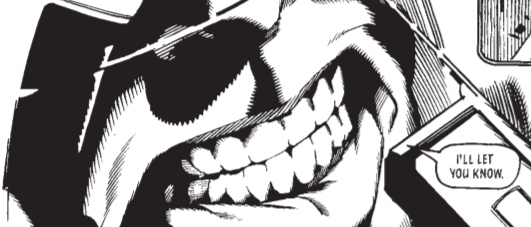(3) VESPASIAN –
FLAVIAN DYNASTY
(69 – 79 AD: 9 YEARS 11 MONTHS 22 DAYS)
Founder of the Flavian dynasty (of himself and his two sons), restorer of the Pax Romana, divine pharaoh – and possibly…the Messiah? Well perhaps not that last one – to paraphase Monty Python’s Life of Brian, he wasn’t the Messiah, just a good emperor.
Vespasian did after all found a dynasty, having to advance his imperial claim in a civil war of succession. Like it or not, dealing with the Senate and senatorial class was a fact of political life in Rome, at least the Rome of the principate – and hence managing relations with the Senate was an important part of being emperor. The diplomacy and tact of Augustus towards the Senate is part of what made him so acclaimed, not least by the Senate who loved him for it – as they did Vespasian and his son Titus (as opposed to mutual antagonism with his other son Domitian).
Vespasian restored the Pax Romana and political stability to the empire after the civil war of the Year of the Four Emperors (of which he was the fourth), as well as fiscal stability to an empire left desperately in debt by the depradations of Nero and Vitellius (albeit with some slight debasement of the currency).
“His fiscal reforms and consolidation of the empire generated political stability and a vast Roman building program.” The latter included that most famous of Roman landmarks, the Colosseum.
Vespasian had a distinguished military career in Britain and, most famously, leading the campaign (and besieging Jerusalem) against the Jewish Revolt, in the First Jewish-Roman War.
He left the latter for his son Titus to achieve victory while he advanced his imperial claim in the civil war of succession after the death of Nero, seizing Egypt and its critical grain supply to Rome. In Egypt, he was hailed as literally divine pharaoh (son of the creator god Amun or Zeus-Ammon, and incarnation of Serapis) amidst claims of miracles and visions – doubling down on literally messianic prophecies.
“According to Suetonius, a prophecy ubiquitous in the Eastern provinces claimed that from Judaea would come the future rulers of the world. Vespasian eventually believed that this prophecy applied to him, and found a number of omens and oracles that reinforced this belief.”
“Josephus (as well as Tacitus), reporting on the conclusion of the Jewish war, reported a prophecy that around the time when Jerusalem and the Second Temple would be taken, a man from their own nation, viz. the Messiah, would become governor “of the habitable earth”. Josephus interpreted the prophecy to denote Vespasian and his appointment as emperor in Judea.”
One of the more entertaining theorists of ‘Christ-myth’ history, Joseph Atwill, in his 2005 book Caesar’s Messiah, proposes that the Gospels and Jesus were nothing more than Flavian fanfiction written by Josephus and others, concocting Christianitity as a pacifist and pro-Roman religion as a solution to the problem of militant Judaism. Although apparently Atwill proposes that the Son of Man in the Gospels was Vespasian’s son Titus – which would make a Flavian holy trinity of Vespasian the Father, Titus the Son, and Domitian the Holy Spirit…?
Back to more mundane earthly matters, aided by the spoils of war from the Jewish Temple, Vespasian restored the finances and treasury of the empire, through tax reform and other means, most famously the urine tax on public toilets (such that urinals are named for him in modern Romance languages) with an anecdotal saying attributed to him that money doesn’t stink.
Apart from the First Jewish-Roman War, Vespasian suppressed the (second) Batavian Rebellion in Gaul and expanded the Roman conquest of Britain in campaigns led by the skilled general Agricola.
“Vespasian was known for his wit and his amiable manner alongside his commanding personality and military prowess..According to Suetonius, Vespasian ‘bore the frank language of his friends, the quips of pleaders, and the impudence of the philosophers with the greatest patience'”. Hence, it could be said that Vespasian had a flair for diplomacy and tact to rival Augustus (in marked contrast to his younger son) – and at a similarly critical juncture to placate the Senate and secure the stability of the principate under a new dynasty.
Dying of diarrhea (no, really), “Vespasian appears to have approached his own impending cult” (of imperial divinity) “with dry humour: according to Suetonius, his last words were puto deus fio (“I think I’m turning into a god”).
DID DOVAHHATTY DO RIGHT?
The Flavian dynasty of…chads. One of only two dynasties to be depicted by Dovahhatty as consisting entirely of chads – and rightly so.
RANKING: 4 STARS****
A-TIER (TOP TIER)
EMPIRE BASER











